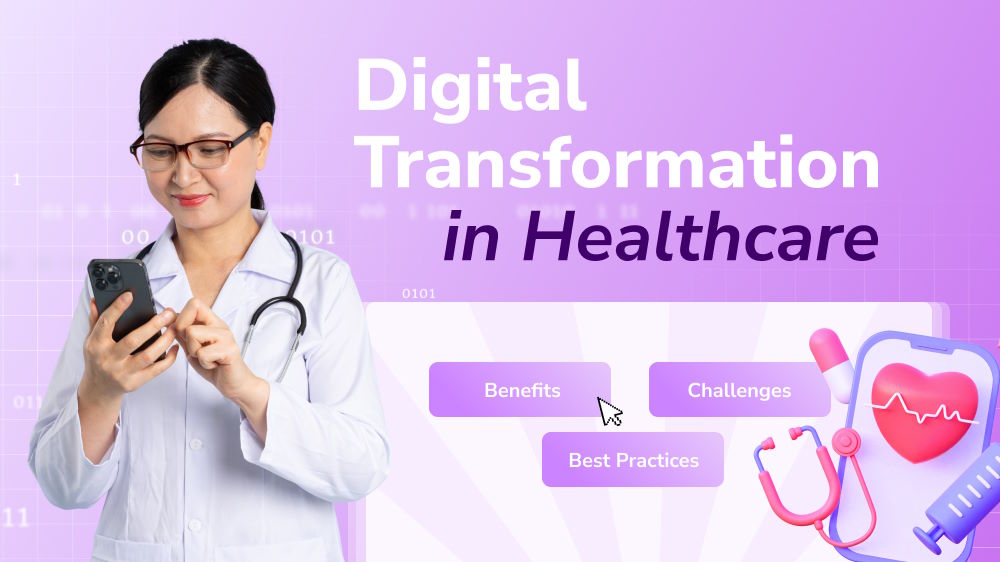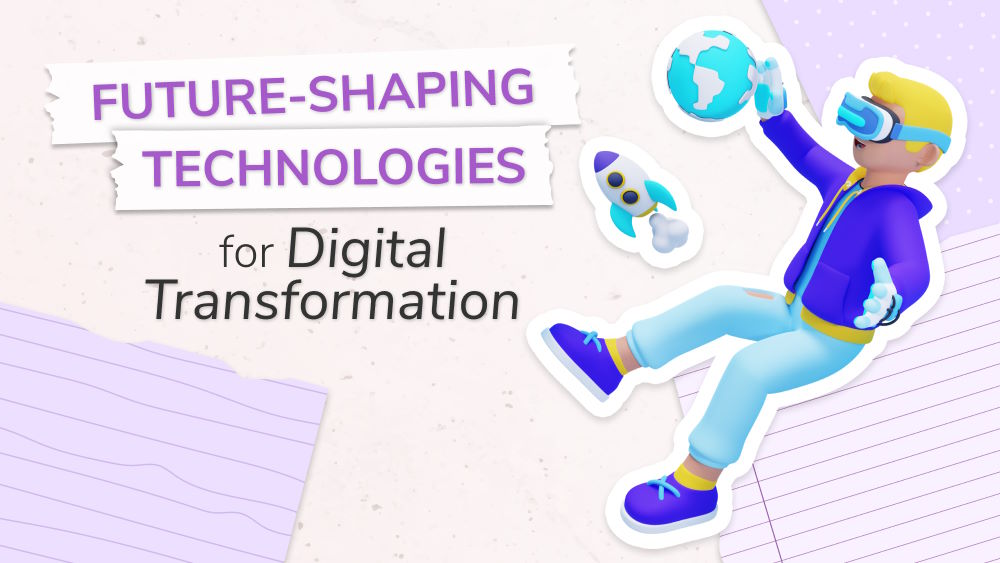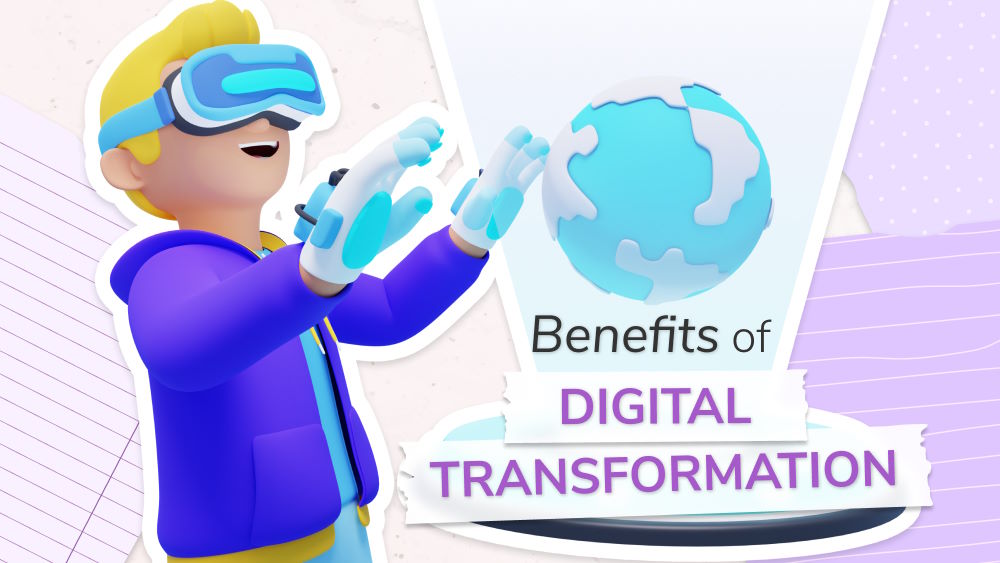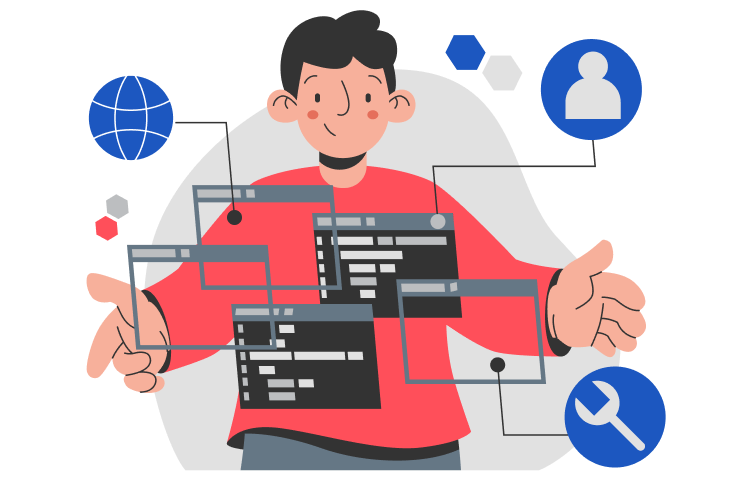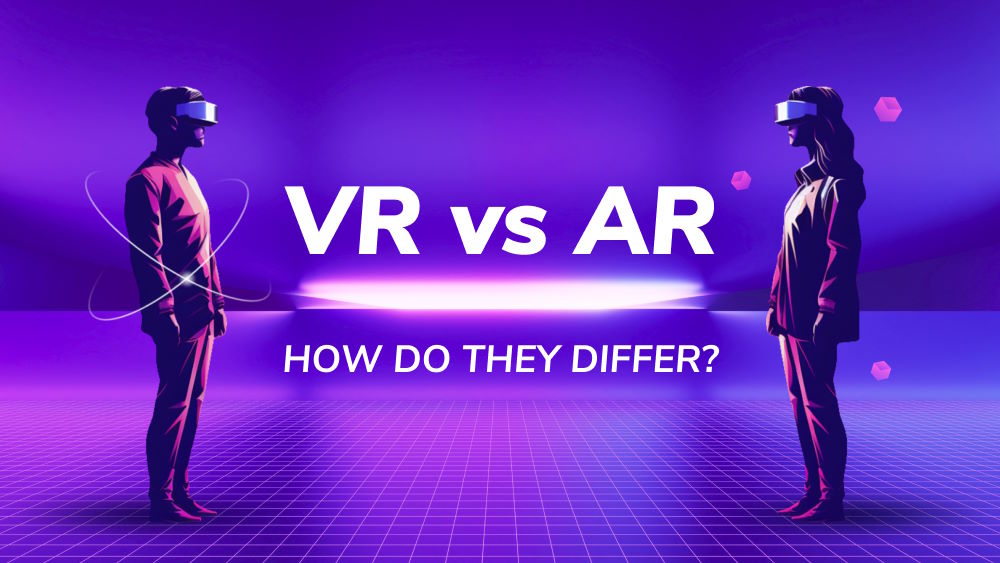How to Leverage a Digital Transformation Framework for Maximum Impact
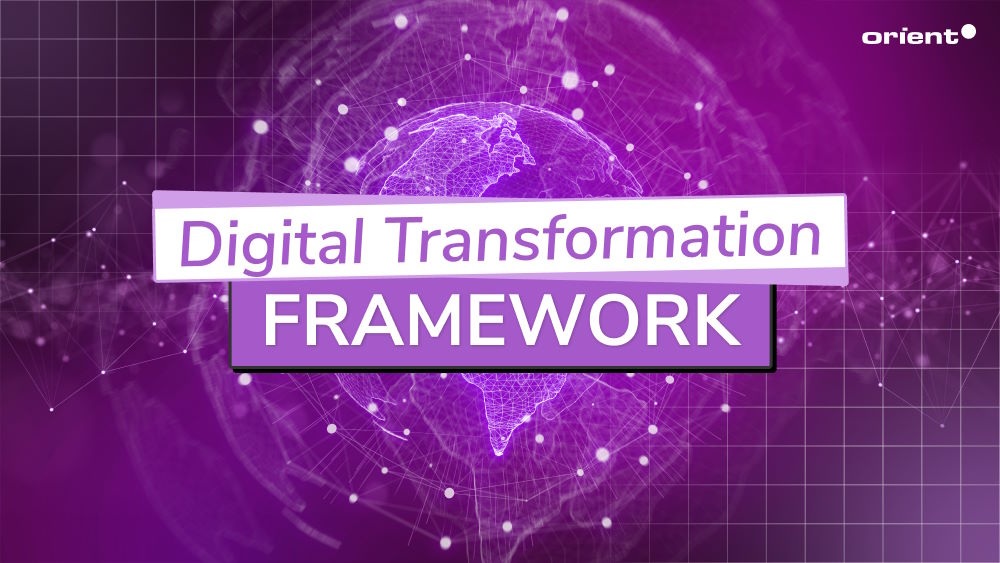
Content Map
More chaptersChange has never been easy, especially when it is a major one like digital transformation. Not only does the digital transformation process take a lot of time, digital transformation and integration often impact a significant portion of businesses and even beyond, affecting products, business operations, sales channels, and supply chains. To effectively manage all intricate business processes, a digital transformation framework is necessary.
What Is a Digital Transformation Framework?
We need to quickly go over what digital transformation is. McKinsey defined digital transformation as the process of fundamentally rewiring the way an organization works. According to McKinsey, the aim of a digital transformation should be to “build a competitive advantage by continually deploying technology at scale to enhance customer experience and reduce costs.”
As we mentioned earlier, the digital transformation journey is a long one. It is not a change of behavior or the increased usage of digital tools; rather, it is how businesses become digital. It is not simply a matter of raising a company’s competitiveness; it is crucial to a company’s survival.
So, what is a digital transformation framework?
In short, this framework is a set of guidelines and a long-term plan that help firms navigate the complex world of digital transformation. It offers a formal digital transformation strategy with checklists, benchmarks, and steps to aid a business in its journey of digital transformation whilst changing. As its purpose is to help companies assess business capabilities and adjust to the modern digital economy, it is a tool used mostly by consultants and organizational executives.
Why Is a Framework Necessary to Implement Digital Transformation?
A digital transformation framework is crucial for two reasons: To survive disruptions and to detect opportunities.
Survive Disruptions
Frameworks provide business leaders with a strategy. This is crucial to help businesses stay adaptive and resilient during times of intense change.
A digital framework’s goal is to help aid change and transformation. It is also a vital tool to handle disruptions along the way. You need a framework if you want to thrive in the industry during periods of rapid change brought on by external forces that could irrevocably change the way the industry has been operating.
For example, the birth of cell phones has caused serious disruptions to the industry of landlines, streaming services have disrupted the movie theater industry, and so on.
Detect Opportunities
Digital transformation frameworks, other than guiding a business through disruptive times, bring opportunities to those who embrace them.
Customers are always aware of the latest emerging tech and expect businesses to adopt them accordingly. If your business doesn’t keep up with the new technology, you might have willingly given up a potential customer to other businesses that do incorporate the latest tech. The framework is a way for you to meet your customer expectations.
Digital transformation is not just for the benefit of customers. New digital technologies can help businesses pinpoint innovation opportunities to push the business forward. It also leads to companies becoming more efficient, cost-effective, and secure.
The application of digital technology to aid the process of transformation, which help business deal with existing IT problems such as cloud computing, massive raw data flow, etc.
There are more confident and data-based decisions as digital transformation frameworks are reusable. It is a standard that leaders can refer back to when needed, rather than drawing up a new strategy every single time a digital business strategy is needed.
What Can a Digital Transformation Framework Do for You?
Now that you have understood the basics of what a digital transformation framework is and why it is so important, it is time to dive deeper into the details.
KPMG and Bain & Company have reported that the risk of failure in digital transformation is particularly high, 73% and 75%, respectively. This begs the question: What marks a good digital transformation framework?
While each framework has its own characteristics, keep an eye out for the following:
A Set of Specific Goals
The set of goals should be both long-term and short-term. Have your team review them together to set goals that are as realistic as possible.
A Roadmap and Action Plan
Digital initiatives require a lot of work, so break them down into smaller steps and tackle them one by one. While doing so, take a look at the workflow and customer interactions - is there any way to improve them using technology or digital tools?
Digital Transformation Team
Having the right talented team is equally important as having a clear goal and structure. Once again, a digital transformation project is often massive, so it is best to have a dedicated team leading the digitization process and aid in the process of implementing new operating models.
Customer Enhancement
It’s critical to keep client acquisition and retention in mind when internal transformation takes place. A few ways to go about this is by having an omnichannel approach, e.g., having both a mobile and web presence, personalizing the customer experience, and so on.
Identify the Technology Needed
The strategy should spell out the required technologies during the digital journey that best fit the business’s unique circumstances. Examples of such technologies include Artificial Intelligence, Big Data, the Internet of Things, and cloud services. The list goes on.
A Process Improvement Analysis
Always do your homework. What is the tech market looking like? Are there any technologies that you can utilize to your advantage and eliminate inefficiencies? Are there digital transformation strategies you can learn from? The data collected from the research phase should give you information to make a more confident decision.
Digital Transformation Framework Examples

Since the digital business transformation succession rate is considerably low, it is necessary to examine the few cases that did succeed and learn from them.
McKinsey Digital Transformation Strategy
McKinsey has come up with a digital transformation framework in order to be future-ready and take advantage of any emerging technology. They call it the 4D strategy, which translates to:
- Discover: This stage involves creating a business plan based on previous findings.
- Design: At this stage, the company designs and prototypes innovative experiences tailored to the customer journey.
- Delivery: The next step is building a team of partners that can help the firm grow quickly.
- De-risk: Structuring your reinvention process in a way that minimizes operational and financial risk is taking place at this stage
When applied effectively, digital advancement in one area of an organization can benefit the entire value chain. For instance, the enhancement of core operations and the creation of new business models might lead to more success in marketing efforts (including digital marketing, content marketing, or any kind of marketing for that matter).
Capgemini Digital Transformation Strategy
TechnoVision, developed by Capgemini, is a digital transformation framework that identifies:
- Important business and technological levers
- Technology assessments
- Initiative prioritization
- The execution of a transformation plan
- And methodological development
The framework has numerous clear areas of focus, consisting of three core principles involving standards, security, and data. Technovision is broken down into different focus areas - Infrastructure areas for transformation, People-focused areas, and the design principles for transforming delivery technology. By encouraging a decentralized model, the framework aims to deliver growth, resilience, and engagement.
The framework has managed to address digital transformation issues in the financial industries, especially those relating to data, security, and standards, giving firms a higher chance of success in digitally transform.
Selecting the Right Digital Transformation Framework for Your Organization
The right digital transformation framework for your company is one that balances being suitable for the unique needs of your business while also can be broken down into smaller, manageable, and logical steps.
Below is a list of questions to help you find the right digital strategy. They are more focused on execution and the operational environment in different phases.
Discovery Phase
What visions do you have for the future of your company and its people?
Why do you believe your organization needs to go through a digital transformation? Is it solely due to commercial pressure?
Are you truly familiar with the current business model and operation model? If yes, can you determine exactly how they should look in the future?
Planning Phase
- Have you chosen a leader of the digital project that you can trust with full support from the leadership team, CEO, and board members?
- Have you gathered enough data regarding the current state of the market, regulations, legislation, customer insights, and competitors?
- If yes, have you used that information to review the current plan, its metrics, KPIs, and milestones that need to be achieved?
Initiation Phase
- Establish distinct workflows for the core areas involving processes, products, people, and customers.
- Do you have a plan in place to modify and improve the corporate culture as necessary?
Refinement Phase
- Have you assessed the process of digital transformation and reported back to the leadership team?
- Is there a level of quality that needs to be reached? If yes, have you taken the time to measure the results?
- If you have noticed that further changes need to be made, have you taken action to adjust accordingly while keeping the end goal in mind?
Last Note
Business model innovation is a long and challenging journey, which is why you shouldn’t head first into it. Do your research carefully and make sure you have a clear digital transformation framework before actually taking any real action.
Does the thought of digital innovation and the process of finding the right framework overwhelm you? No need to worry; start small first. Start with advice from one of the best digital transformation consulting companies, like the Orient Software team, to get a better insight. Having input from professionals always helps, especially seeing how fast technology is evolving. From there, you can decide what your next steps will be.

